VR Weight vs. Performance: Powerhouse or Empty Shell?
The allure of VR is undeniable. Stepping into a fully immersive world filled with endless possibilities is a dream many of us share. But that dream can quickly turn into a frustrating reality when faced with the VR weight and performance conundrum.
The Heavy Burden of Power
On one hand, we crave a VR experience that pushes the boundaries of graphical fidelity and interactivity. This, however, demands powerful hardware – processors that churn out complex visuals, and graphics cards that paint the most lifelike environments. Unfortunately, this power comes at a cost – weight.
Strapping on a bulky headset laden with powerful components can quickly turn a virtual adventure into a literal neck strain. Extended play sessions become an exercise in endurance, forcing you to choose between comfort and a truly immersive experience.
The Allure of the Lightweight Shell
On the other hand, some manufacturers prioritize lightweight design. These headsets are comfortable to wear, allowing for longer playtimes without the dreaded neck ache. However, this often comes at the expense of processing power.
The visuals might appear blurry or pixelated, textures might lack detail, and complex interactions might become sluggish. While comfortable, this lightweight approach can leave you feeling like you're peering into a low-resolution dream world, sacrificing the very immersion VR promises.
The Ideal Balance: A Weightless Powerhouse
So, are we destined to choose between comfort and performance in the VR realm? The answer, thankfully, is no. Manufacturers are constantly innovating, and the dream of a lightweight powerhouse VR experience is closer than ever.
Here's what we're waiting for:
- Tech Advancements: Lighter and more efficient processors and graphics cards hold the key. Imagine the power of a high-end PC housed in a comfortable, lightweight headset.
- Innovative Design: Ergonomic solutions can distribute weight more evenly, reducing pressure points and fatigue. Think counterweights, head straps that mold to your head shape, and weight-balancing mechanisms.
- Cloud Processing: Imagine a future where the processing power lives in the cloud, not strapped to your head. This would free up weight and heat limitations, allowing for a truly comfortable powerhouse VR experience.
What Can You Do Now?
While we wait for the ultimate VR solution, there are things you can do to minimize the weight vs. performance struggle:
- Research: Compare VR headsets, looking for models known for their balance of comfort and power.
- Invest in Comfort Accessories: Look for head straps that offer better weight distribution or padding to reduce pressure points.
- Manage Playtime: Take breaks to avoid neck strain, even with a comfortable headset.
- Embrace the Future: Keep your eye on VR advancements and support companies pushing the boundaries of both performance and comfort.
The VR revolution is upon us, but the ideal solution is still evolving. Don't settle for an empty shell or a heavy burden. The future holds a world where VR offers both unparalleled immersion and weightless comfort. Let's keep the dream alive and support the innovators paving the way for a truly transformative VR experience.


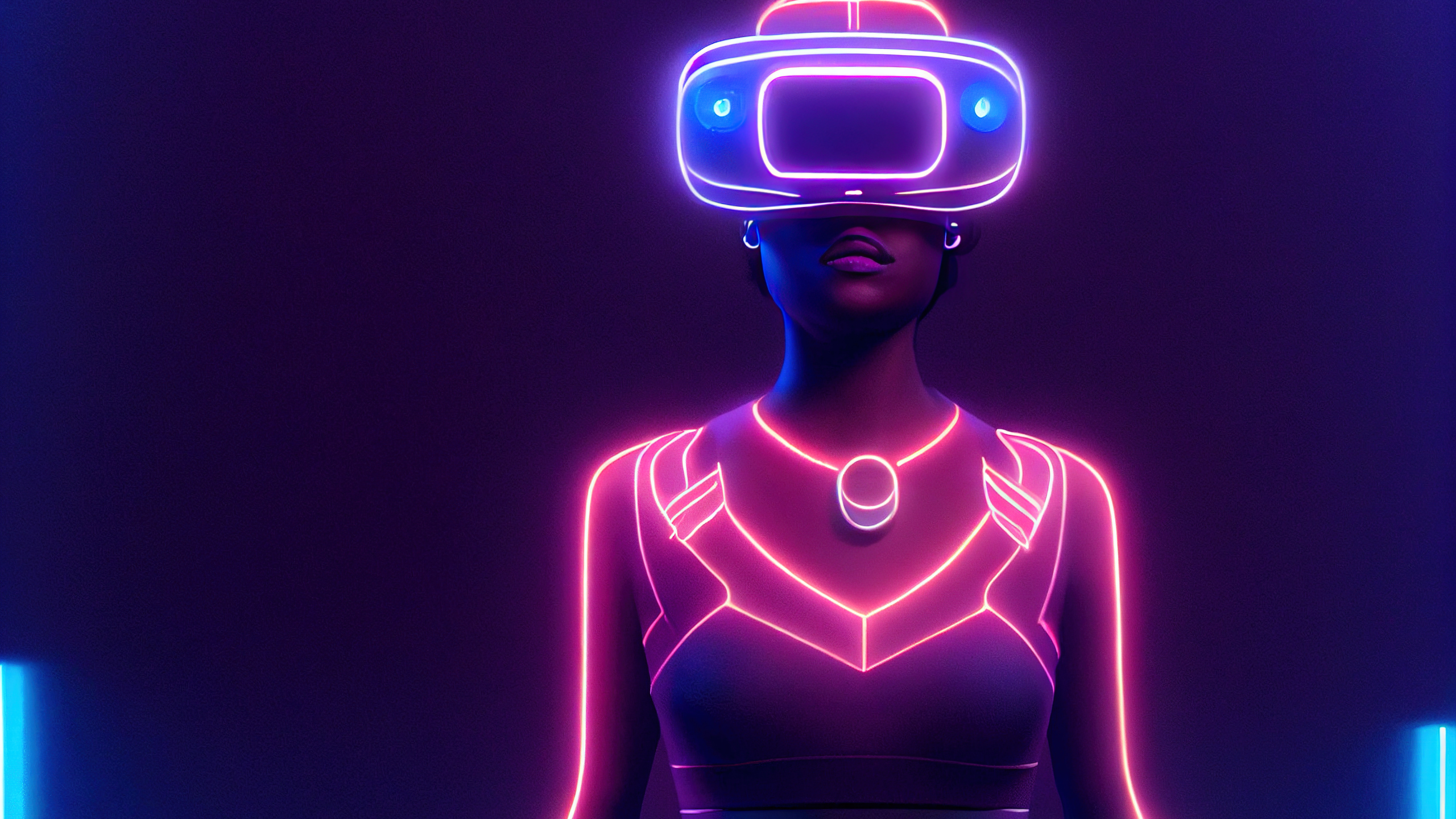
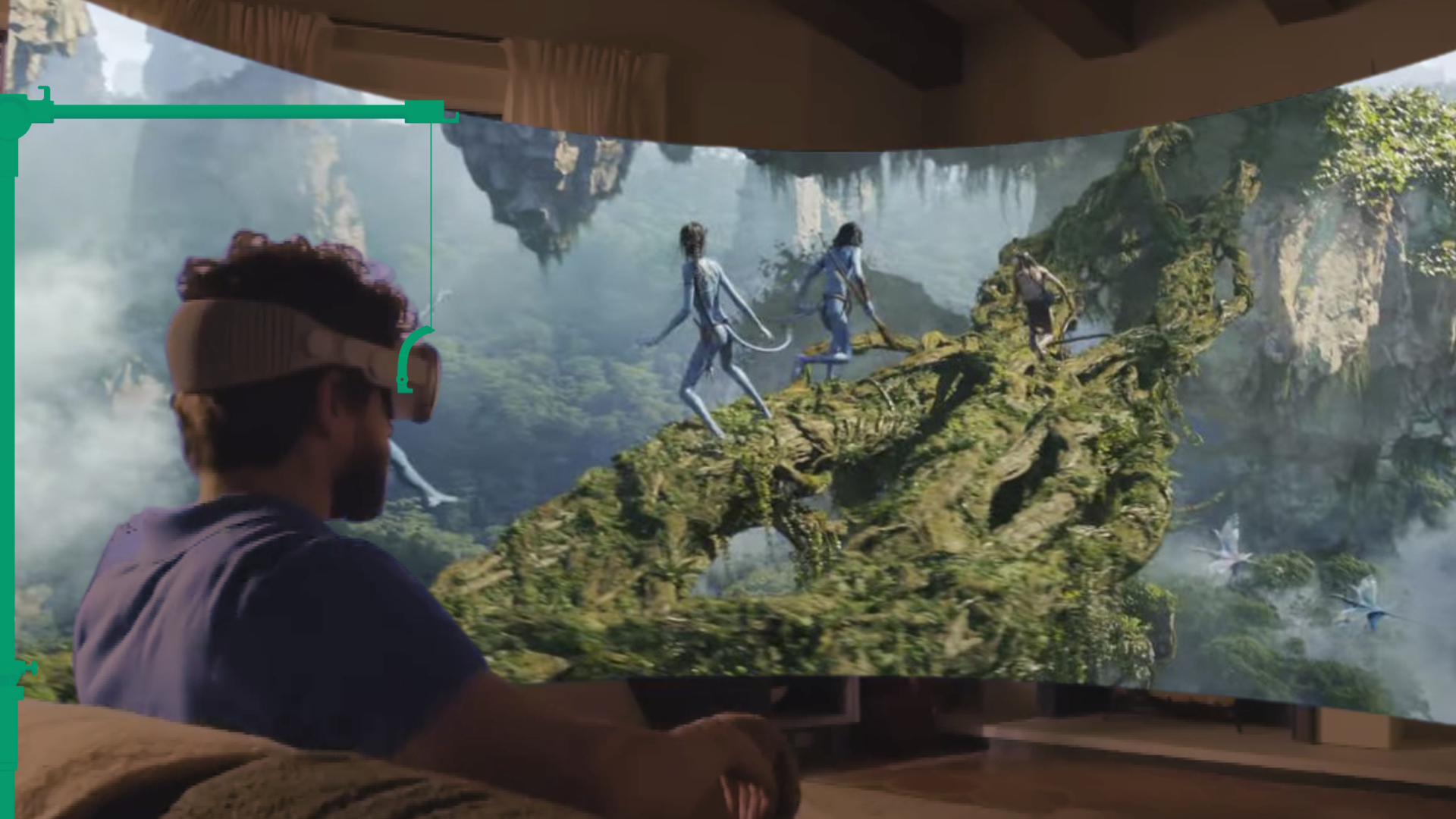
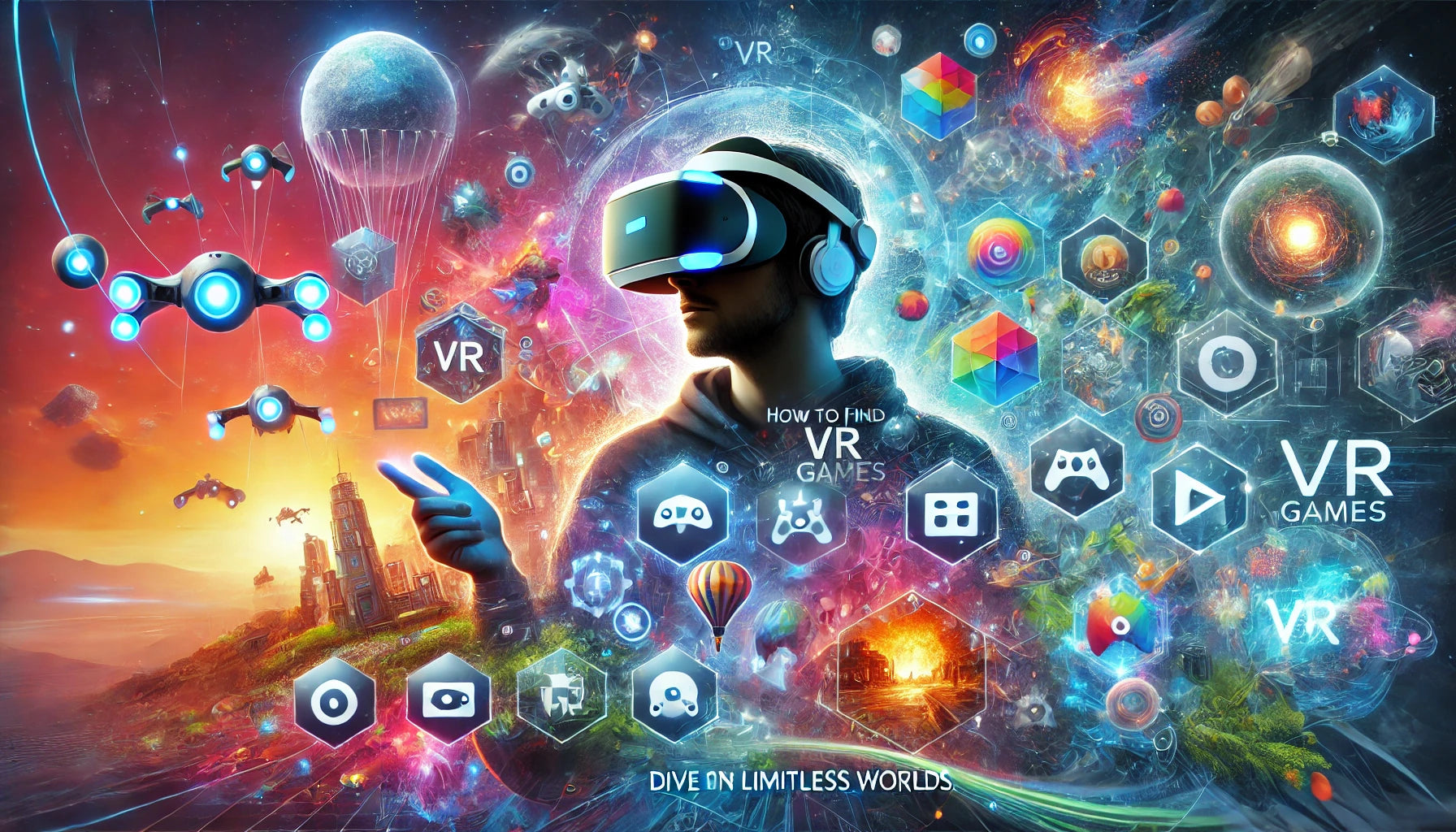
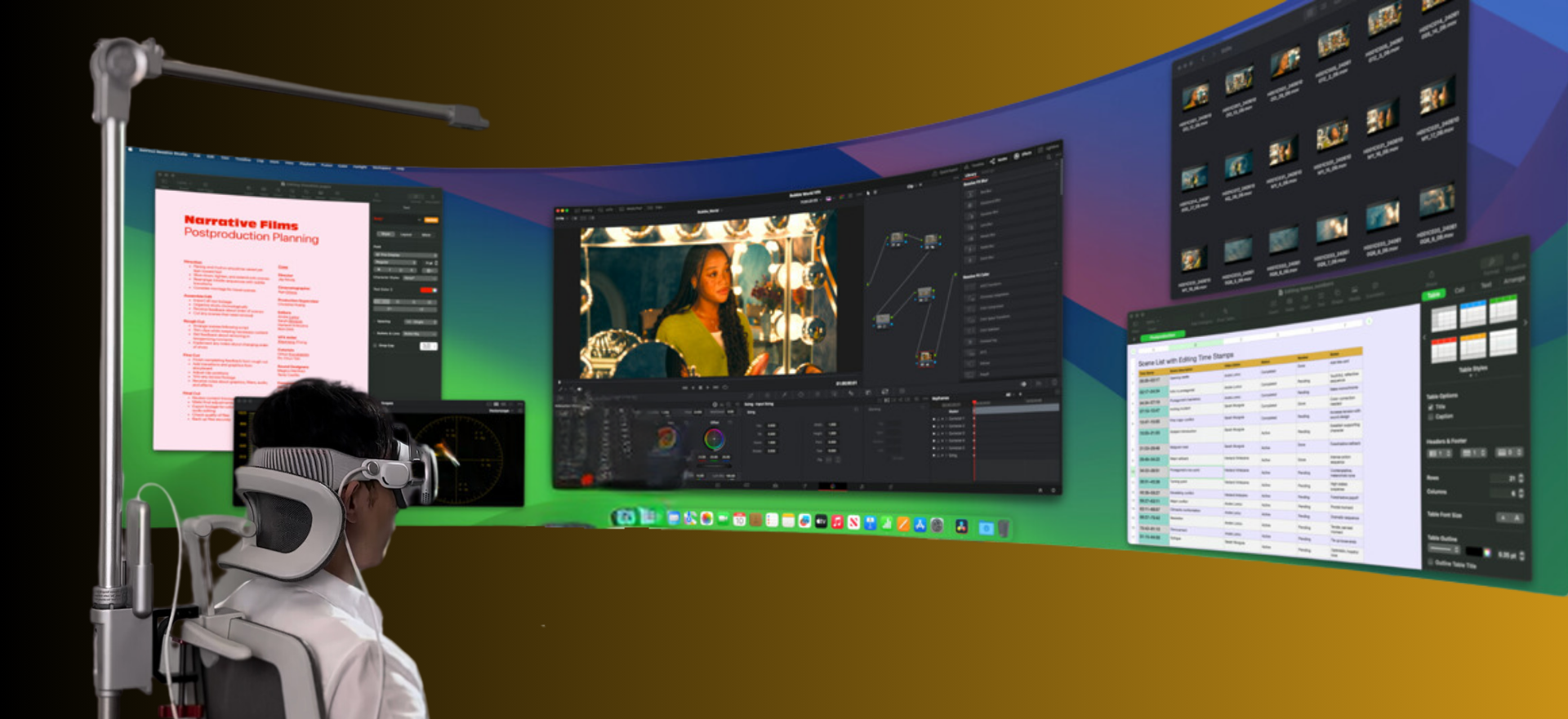
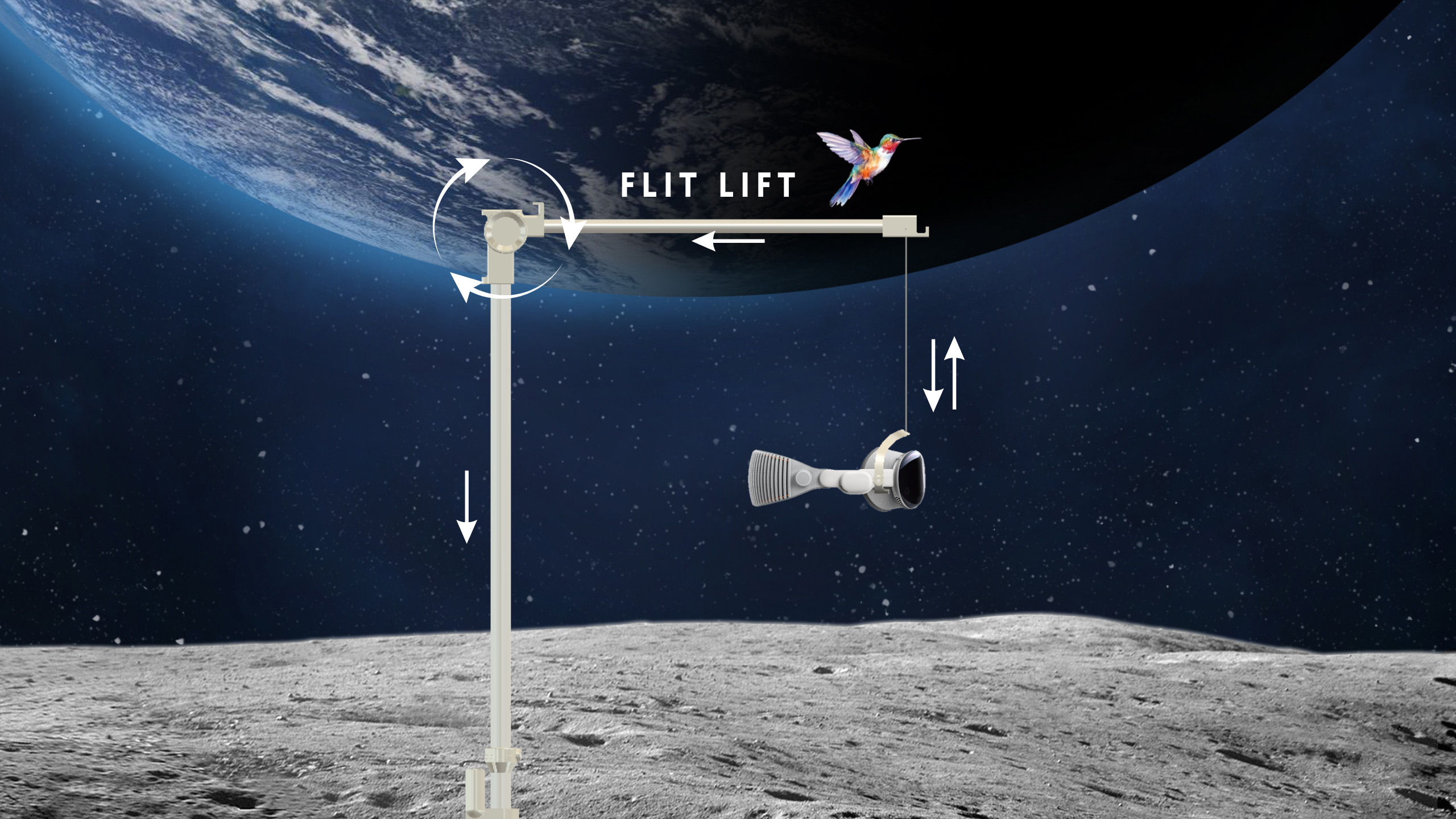
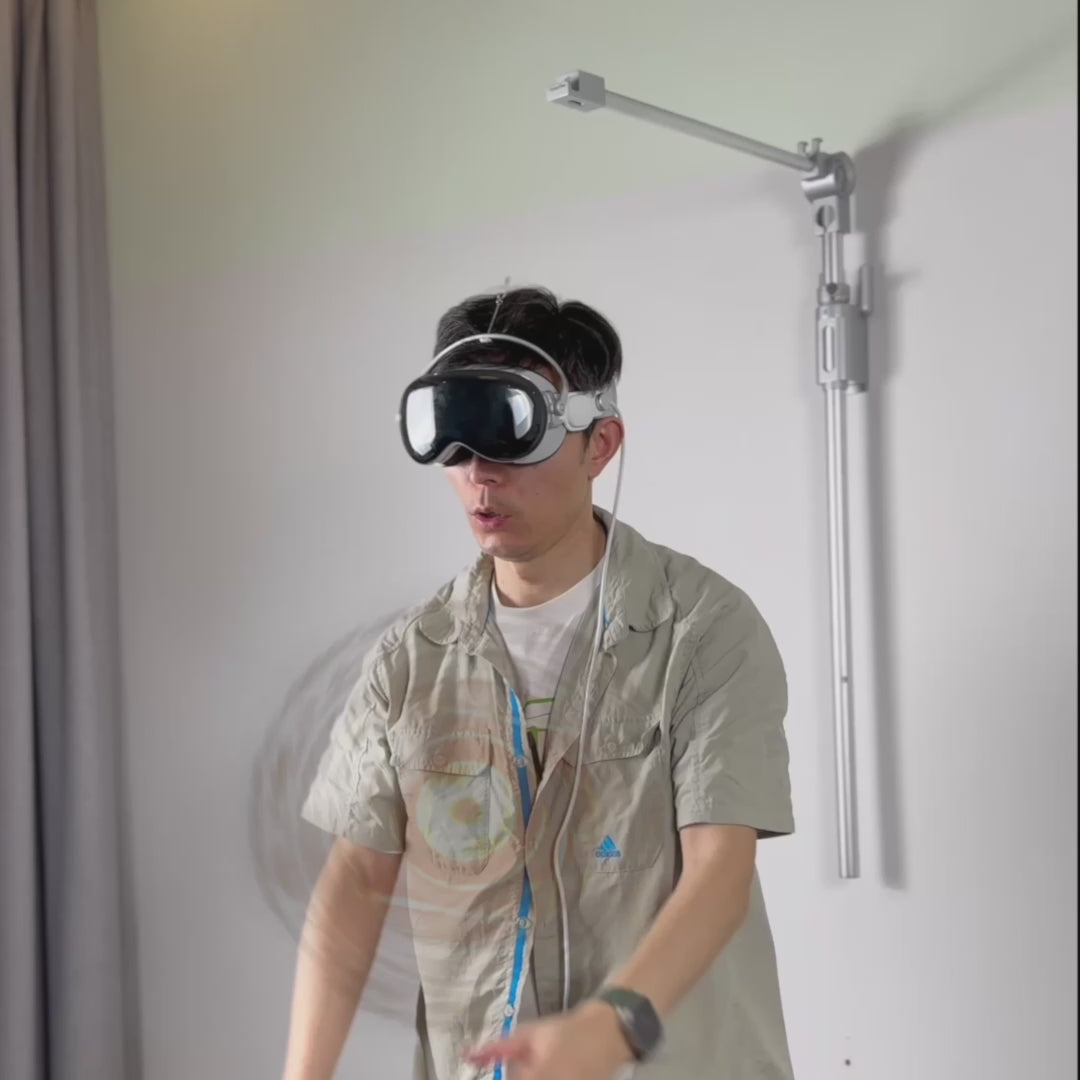
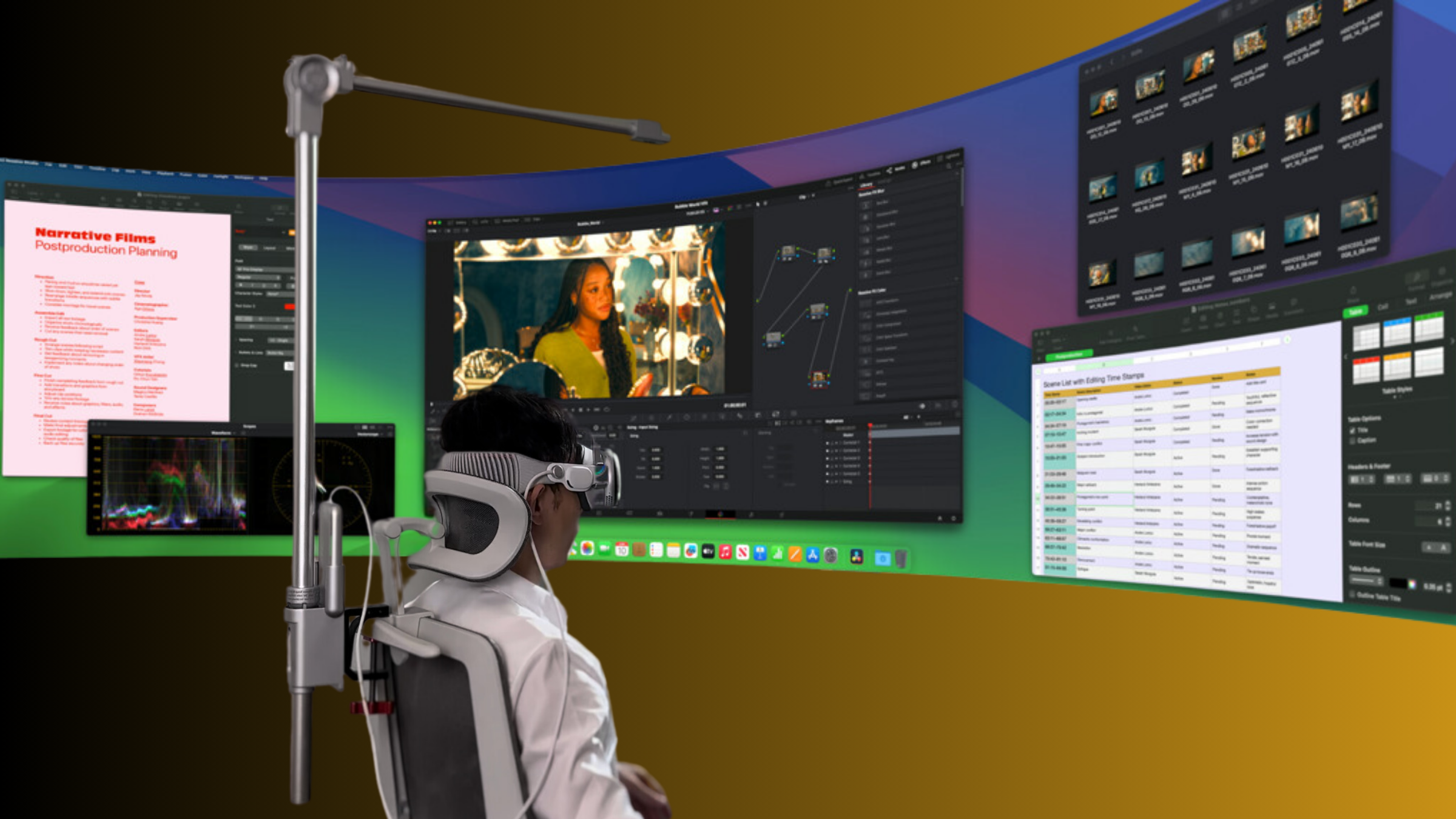
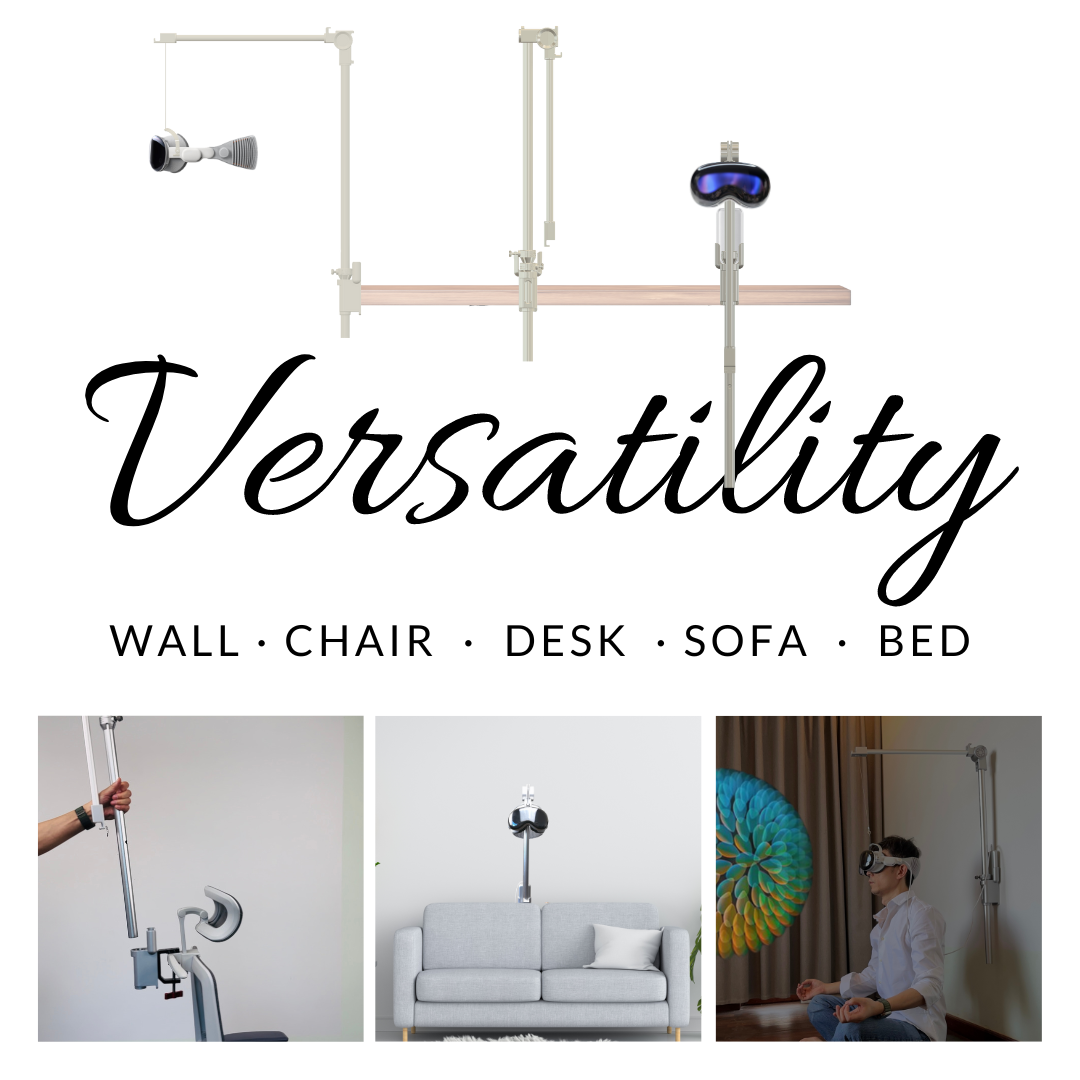

Share:
Beyond the Headset: A Glimpse into the Future of VR